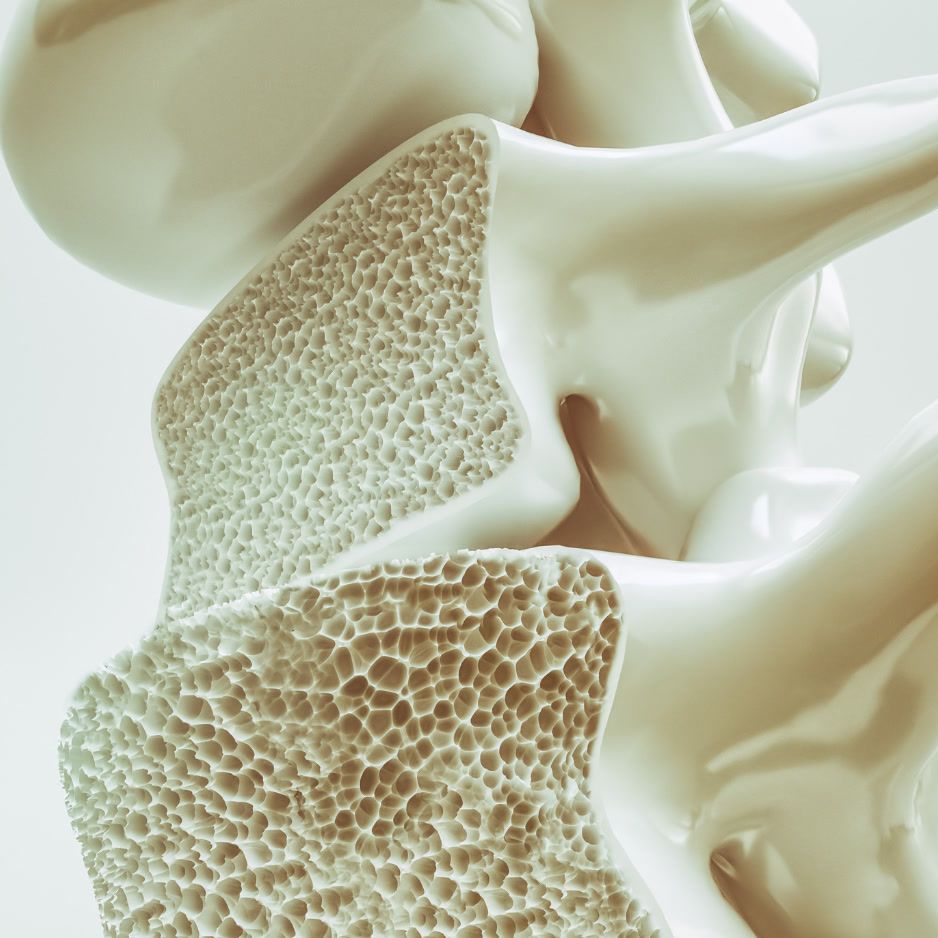Sauna for Weight Loss: Science-Backed Insights
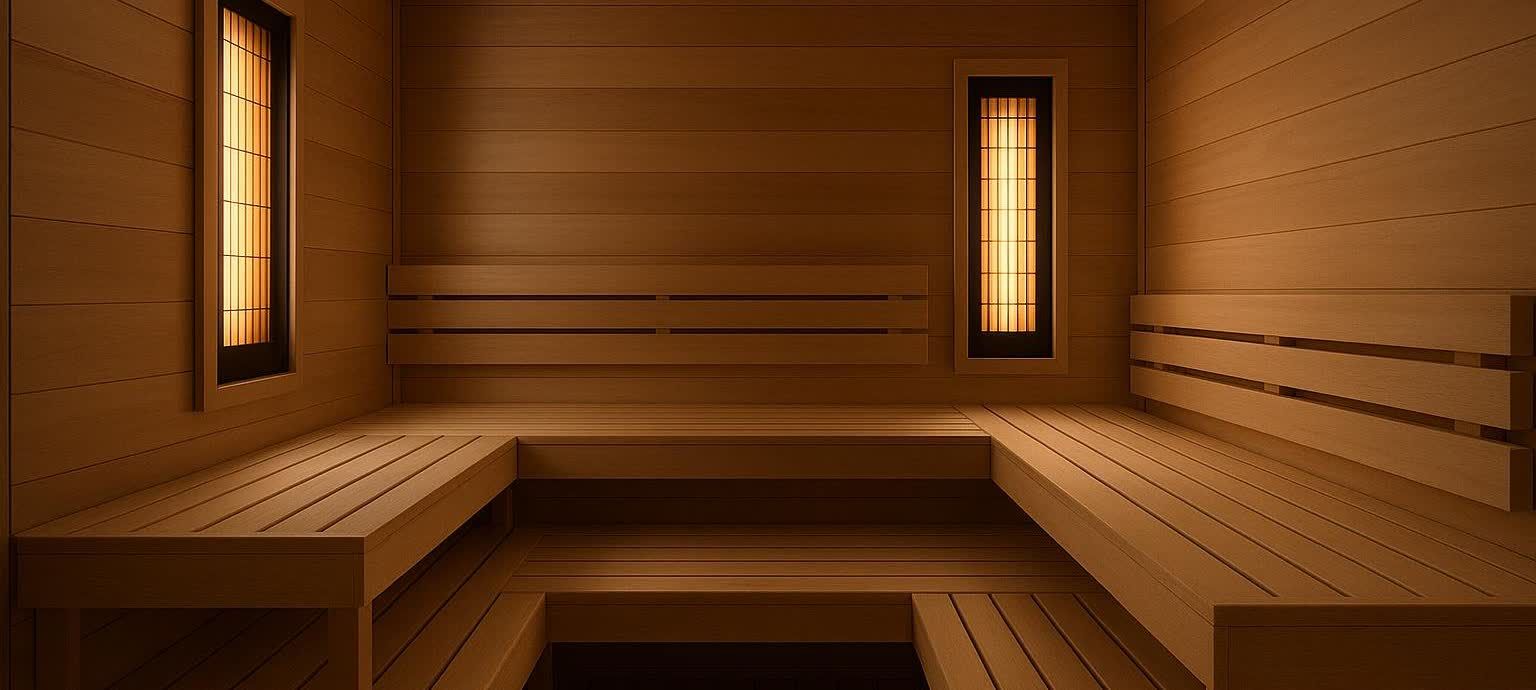
Sauna for Weight Loss: Science-Backed Protocols, Calorie Burn, and Tracking
Can a relaxing sweat session really move the scale? Evidence suggests that using a sauna for weight loss can modestly increase daily calorie burn while delivering other metabolic perks. Here’s what the science says—and how to structure sessions for the best results.
In a 2019 peer-reviewed study, overweight men expended about 333 ± 58 calories during 40 minutes of Finnish sauna exposure (four 10-minute bouts with breaks). Scaled proportionally, a 30-minute dry-sauna session would burn roughly 210–290 calories. By comparison, preliminary data—blending a 2017 conference abstract with high-end manufacturer testing—suggest a 30-minute infrared sauna session may expend 300–500 calories (evidence remains limited and un-peer-reviewed).
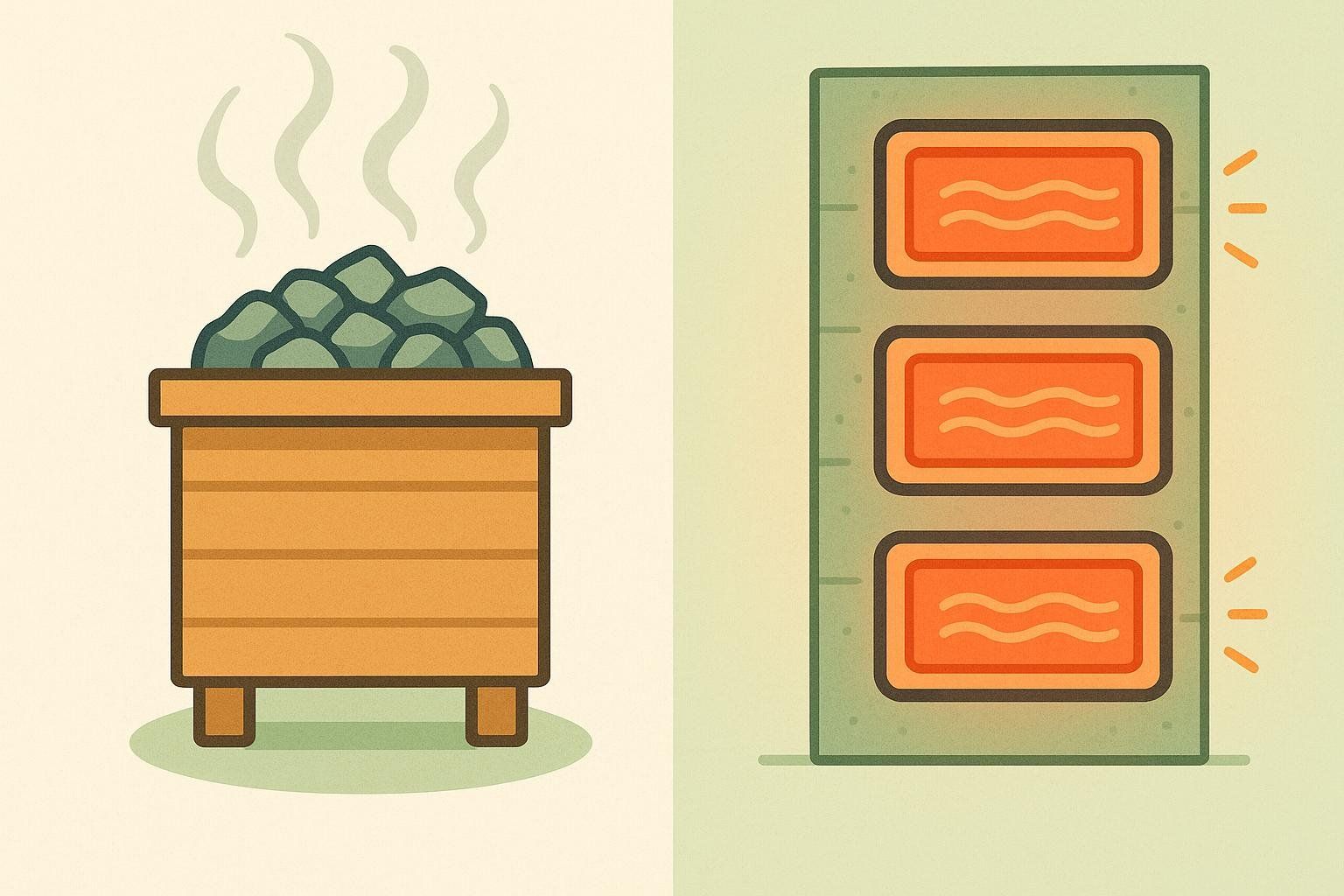
At-a-Glance Cheat Sheet
| Metric | Key Number |
|---|---|
| Recommended sauna stay for weight loss | 15–30 min per visit (split into shorter bouts if needed) |
| Calories burned in 30 min | Dry sauna 210–290 cal • Infrared 300–500 cal |
| Calories burned in 15 min | Dry sauna 105–150 cal • Infrared 120–200 cal |
(Details, research, and protocols below.)
How Does a Sauna Affect Your Weight?

Understanding Water Weight Loss
- Sweat loss dominates first-session results. You can drop 0.5–1 kg (1–2 lb) of fluid in 30 minutes, but it returns once you re-hydrate, as noted in a 2023 Medical News Today overview.
Caloric Expenditure in Saunas
- Dry sauna: In the 2019 Finnish-sauna study, overweight men burned ≈ 73 calories in the first 10-minute bout and ≈ 333 ± 58 calories in total over four 10-minute bouts, each separated by a 5-minute cool-down. The table below provides estimates for common session lengths based on a linear extrapolation of the study’s total 40-minute expenditure.
- Infrared sauna: The 300–500-calorie range for a 30-minute session comes from a combination of the 2017 conference abstract (upper estimates) and selected manufacturer testing reports. Because neither source is peer-reviewed, treat these numbers as illustrative rather than definitive; your actual burn will depend on body size, temperature, and session structure.
Metabolic Adaptations from Heat Exposure
Repeated heat stress up-regulates heat-shock proteins, improves insulin sensitivity, and can slightly raise resting metabolic rate—mechanisms that indirectly assist fat loss over time, according to a 2021 narrative review on sauna and healthspan.
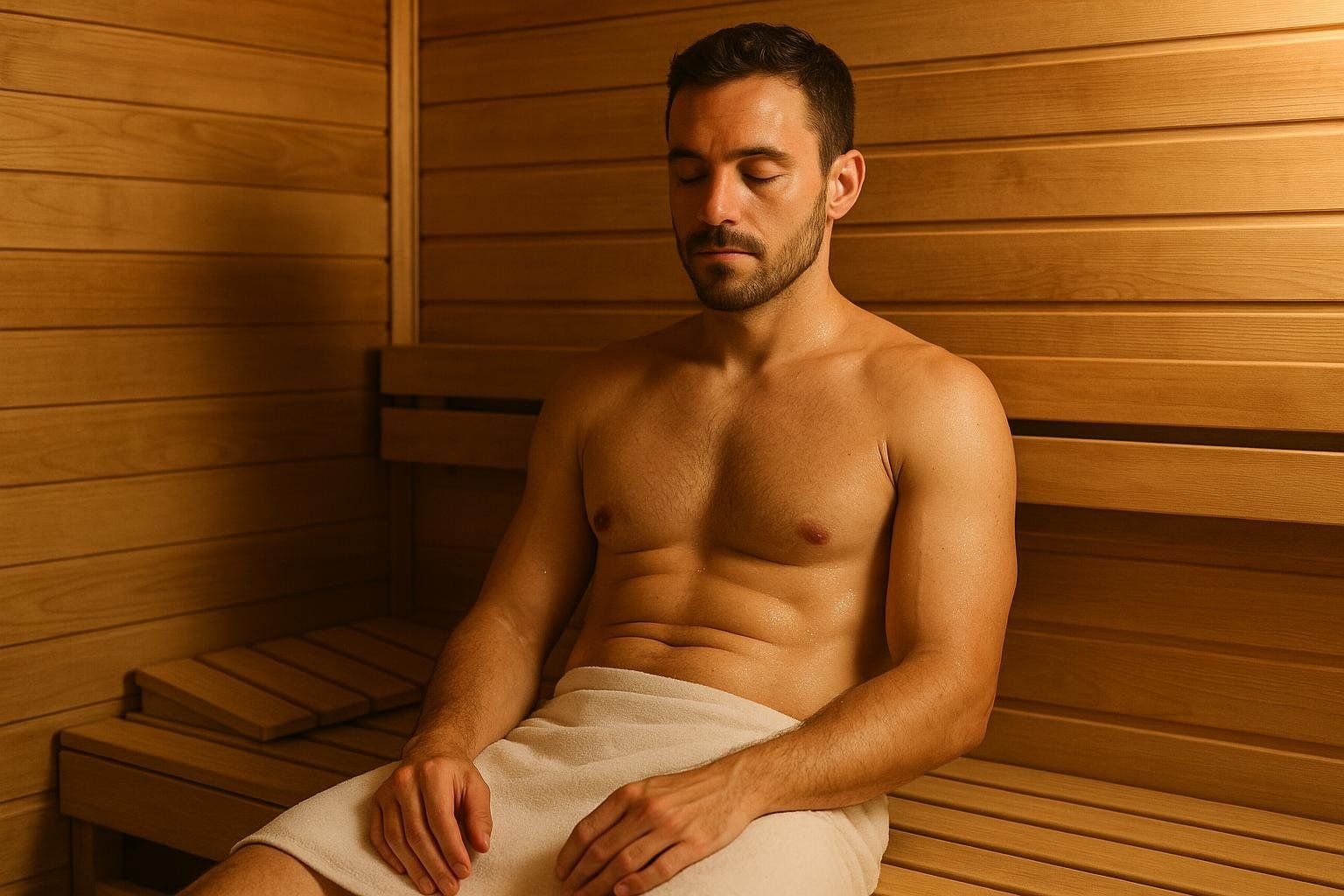
Calories Burned in the Sauna
| Session Length | Dry Sauna (≈ 175 °F / 80 °C)¹ | Infrared Sauna (≈ 140 °F / 60 °C)² |
|---|---|---|
| 10 minutes | 70–100 cal | 80–120 cal |
| 15 minutes | 105–150 cal | 120–200 cal |
| 20 minutes | 140–200 cal | 160–240 cal |
| 30 minutes | 210–290 cal | 300–500 cal |
| 40 minutes | 275–391 cal | 450–750 cal |
¹ Dry-sauna values are linear extrapolations from the study’s total 40-minute calorie expenditure (333 ± 58 cal). Actual burn rate can vary throughout the session and between individuals.
² Infrared numbers synthesize data from a 2017 conference abstract (upper range) and manufacturer reports; peer-reviewed evidence is limited. Estimates for different durations draw on available data for those specific lengths and therefore may not scale linearly.
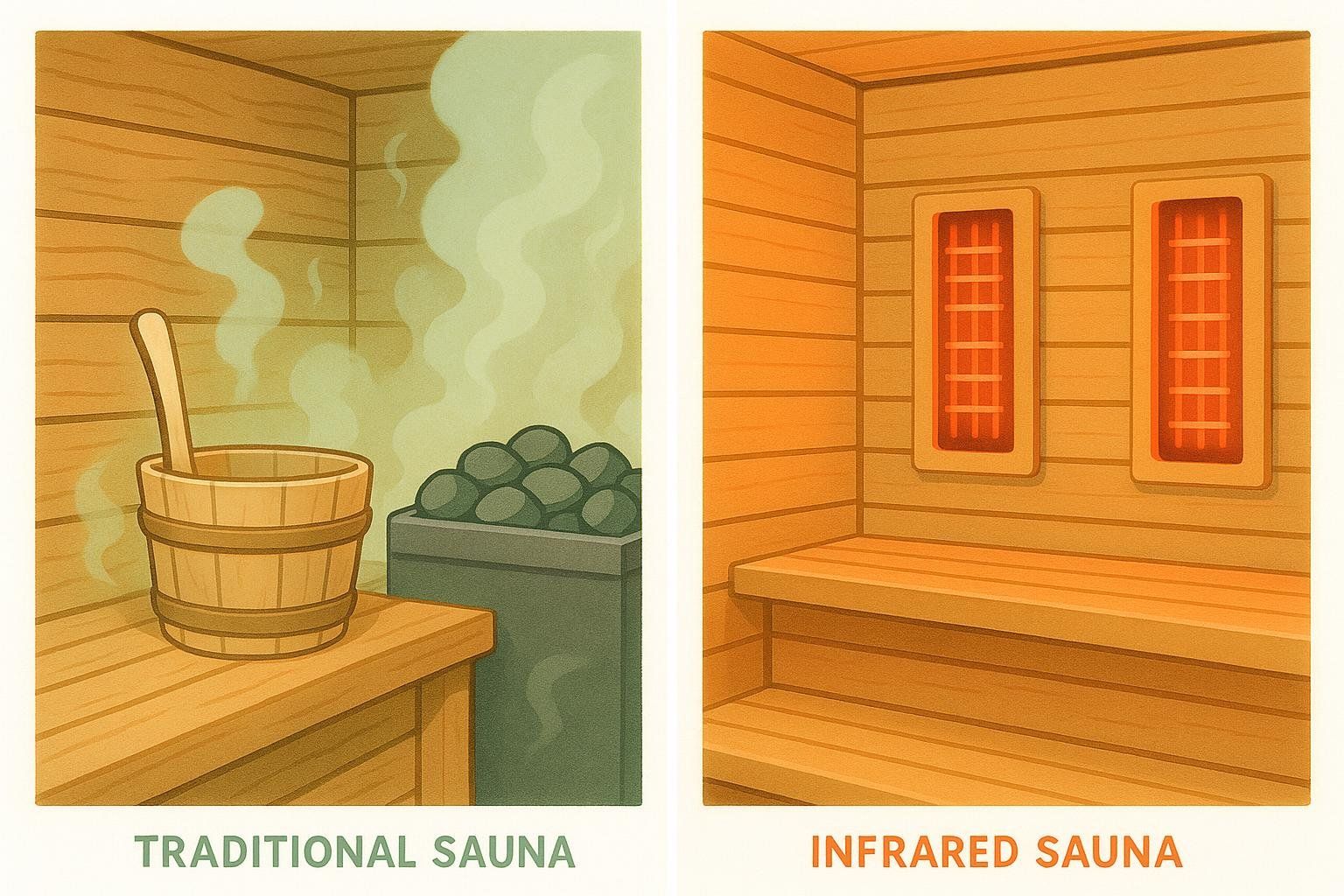
Traditional vs. Infrared: Which Option Supports Weight Loss Better?
| Factor | Traditional (Finnish) | Infrared |
|---|---|---|
| Heat delivery | Heats room air; 170–190 °F | Radiant heat penetrates skin; 120–150 °F |
| Sweat rate | Very high | Moderate–high |
| Calorie burn | Lower per minute | Potentially up to 2× higher per minute |
| User comfort | Can feel stifling | Gentler; longer sessions tolerable |
| Research depth | Decades of cardiovascular data | Growing but less extensive |
Maintaining a consistent, sustainable routine delivers greater long-term benefits than irregular, “perfect” sessions.
Choose a Protocol That Fits Your Lifestyle

1 | Time-Efficient Routine (Busy Professionals)
- 3 sessions per week, 20 min infrared at 140 °F.
- Pre-hydrate with 16 oz electrolyte drink.
- Cool shower + optional learn more about the 30/30/30 diet (30 g protein within 30 min of finishing, then a brisk 30-minute walk).
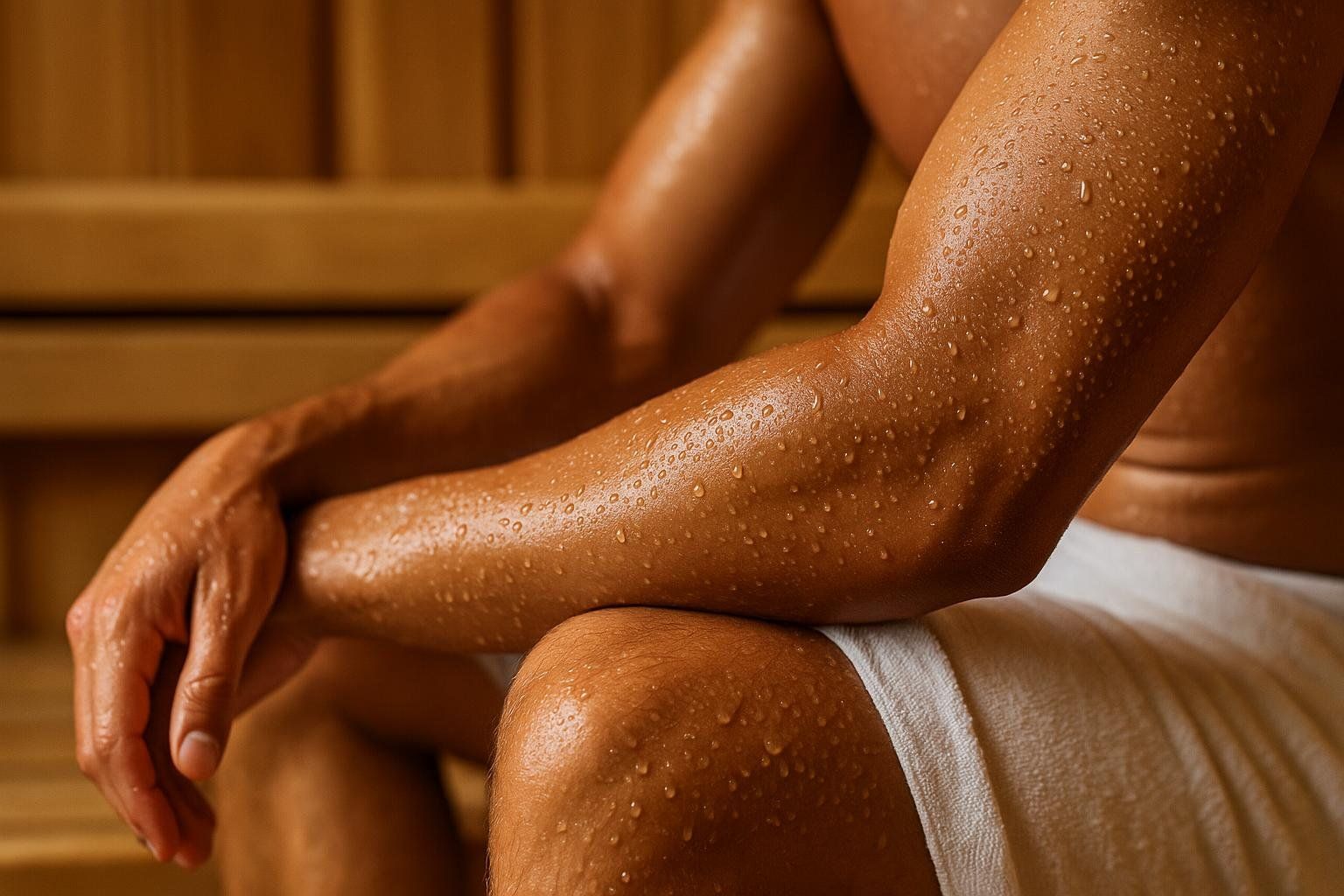
2 | Recovery + Extra Burn (Endurance Athletes)
- Schedule on hard training days.
- 4 × 10 min dry-sauna bouts at 180 °F, with 5-min cool rinses between bouts.
- Keep heart rate 120–140 bpm (wear a strap).
3 | Gentle Metabolic Boost (Sedentary Workers)
- Start with 15 min infrared at 130 °F, twice weekly.
- Progress to 25 min over 4 weeks.
- Add a 10-minute walk post-sauna to extend caloric burn.

Safety Checklist
- Hydrate: Drink 500 ml water before and after; add electrolytes if session > 20 minutes.
- Monitor your heart: Skip if resting HR > 100 or hypertension is uncontrolled—consult a physician.
- Avoid alcohol & heavy meals within two hours of use.
- Exit immediately if you feel dizzy, nauseated, or your heartbeat spikes.
- Pregnant individuals and those with cardiovascular conditions require medical clearance first.
Learn more about how to distinguish water weight vs. body fat in our detailed guide.
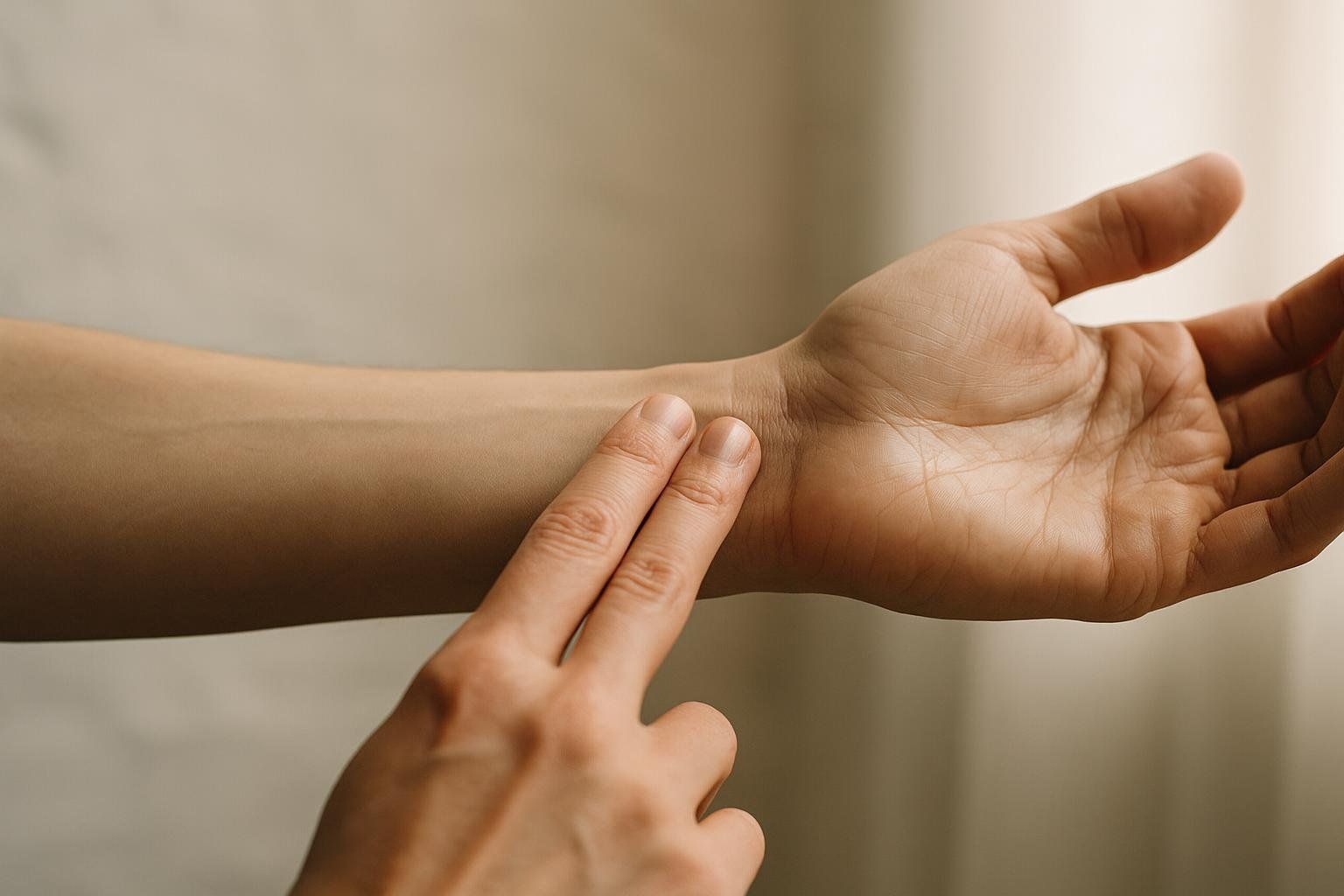
Tracking Real Progress
Because the scale can fluctuate with hydration, use objective metrics to confirm fat reduction:
- DEXA Body Composition Scan – Gold standard for fat mass, lean tissue, and visceral fat. Learn more in our comprehensive guide to DEXA scans.
- Weekly waist measurement – Less sensitive to water shifts than scale weight.
- Resting heart-rate trends – A downward trend can signal cardiovascular adaptation from regular heat exposure.
Ready for data-driven feedback? Find a BodySpec DEXA scan location near you to precisely track your progress.
FAQ
Do saunas specifically burn belly fat?
No. Saunas help create an overall calorie deficit; spot reduction is a myth. Combine sessions with balanced nutrition for best results.
Can I replace exercise with sauna sessions?
Not entirely. A sauna’s cardiovascular load mimics moderate cardio, but it lacks the musculoskeletal stimulus that supports strength, bone density, and metabolic health.
What should I drink after a sauna?
Water plus electrolytes—aim for 300–500 mg sodium and 100–200 mg potassium—to restore plasma volume and avoid headaches.
Is an infrared sauna safer?
The lower ambient temperature feels gentler, but dehydration risks remain. Follow the same safety practices as with traditional saunas.
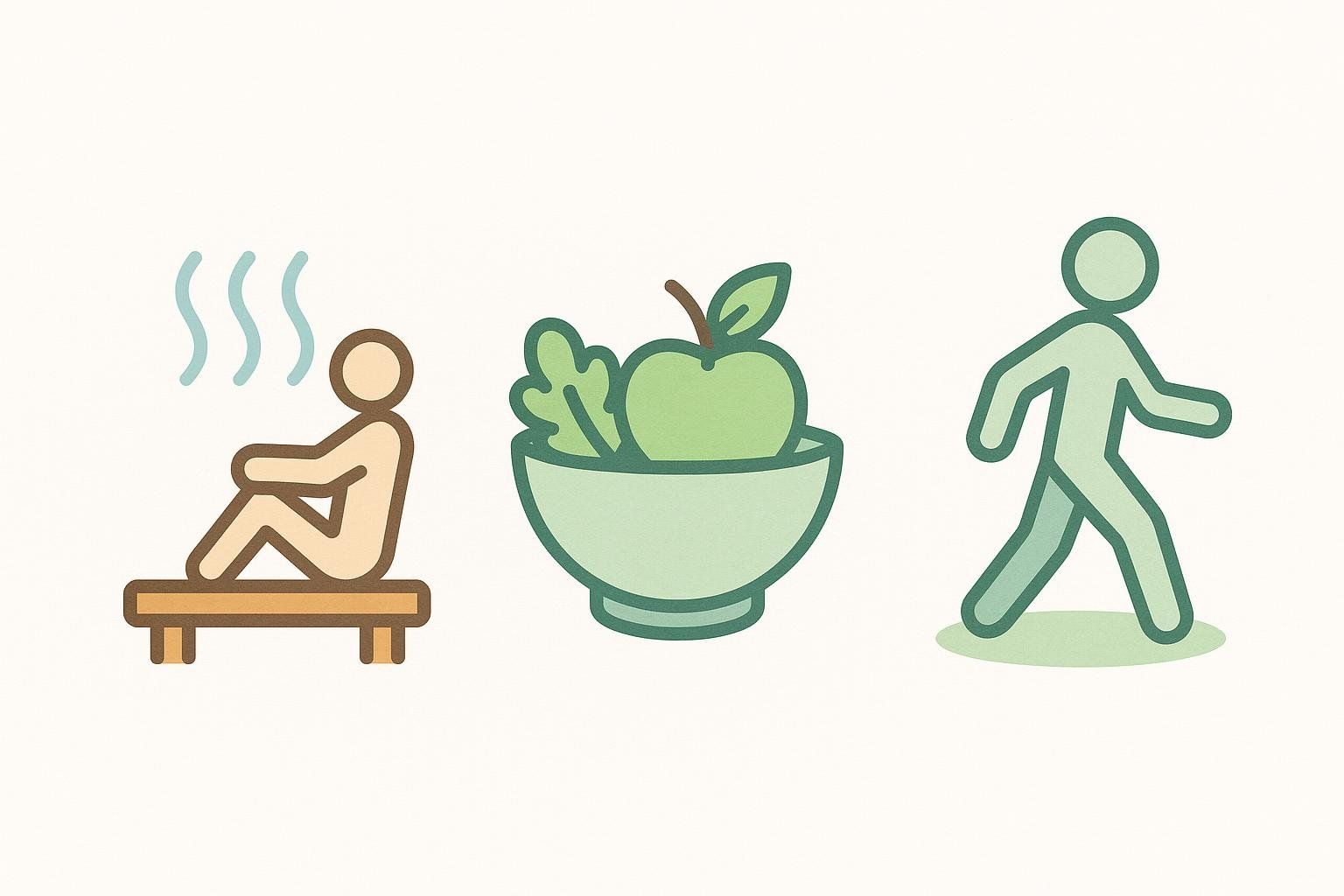
Key Takeaways
- Immediate weight loss = water. Rehydrate and track long-term body-fat trends.
- Infrared units may burn more calories per minute, while Finnish saunas have the most robust cardiovascular research.
- Combine regular heat sessions with smart nutrition and optional protein-plus-movement routines to support a calorie deficit.
- Confirm fat loss—not just sweat loss—with periodic DEXA scans.
Book your BodySpec DEXA scan today and turn heat sessions into measurable fat-loss results.


